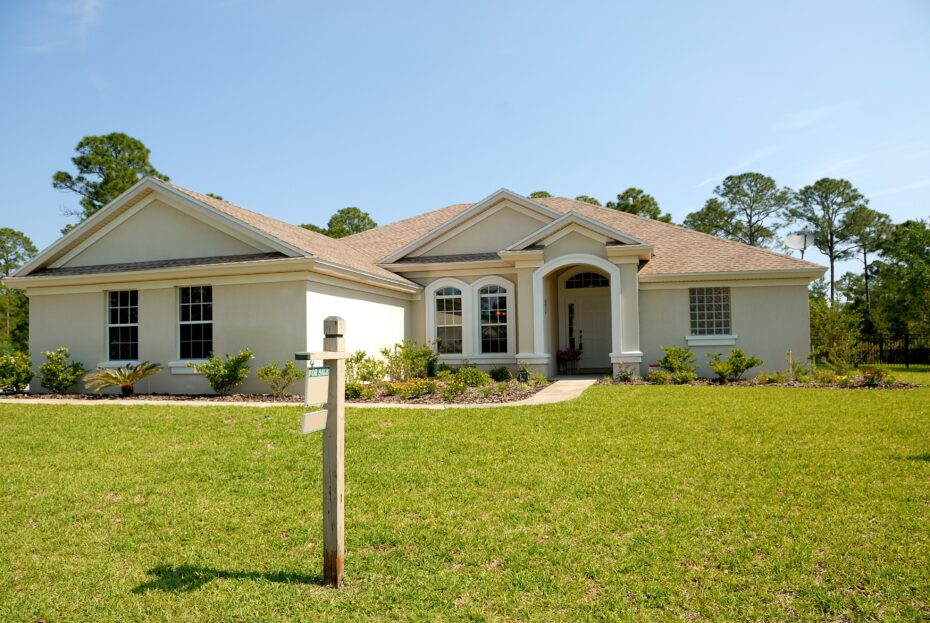Mortgage Activity Nosedives To 25-Year Low; Real Estate Crash Could Plunge Home Prices By 25% – Second-Worst Drop Since The Great Depression

If you considered real estate as an investment, you may want to wait out the historically bearish market. Experts expect certain real estate markets to plummet by as much as 25%. Meanwhile, mortgage activity has nosedived to a 25-year low – punctuating the real estate market freefall.
Real estate speculators estimate that former hot spot areas for real estate sales will dive 20%.
Tejas Joshi – a director at investment firm Yieldstreet – told Forbes that he doesn’t expect the national real estate market to suffer through a correction, but he does anticipate home prices to decline 20% in previously scorching regional markets such as Austin, Boise, Dallas, Las Vegas, and Phoenix.
Goldman Sachs’ chief credit strategist Lotfi Karoui expects 39% of metropolitan areas will suffer price declines.
Nationally, Goldman Sachs believes that home prices will drop between 5% to 10%.
“We view the risks to these estimates as tilted to the downside because of a sharp deterioration in our descriptive home price outlook scores and evidence of strong mean reversion in regional data,” Goldman Sachs researchers stated.
Morgan Stanley is forecasting that U.S. home prices will tumble by 7% by the end of 2023, according to Fortune.
Moody’s Analytics also expects U.S. home prices to fall between 5% to 10%.
Moody’s chief economist Mark Zandi noted that we’re not on a collision course with a 2008-like housing crash, but the situation is not ideal in any way. Zandi warns that it will likely take up to 18 months for prices to hit rock bottom.
Fitch Ratings agrees that home prices will drop 10% to 15%.
“The likelihood of a severe downturn in U.S. housing has increased; however, our rating case scenario provides for a more moderate pullback that includes a mid–single-digit decline in housing activity in 2023, and further pressure in 2024,” Fitch Ratings analysts said last week. “Although we recently affirmed the ratings and Stable Outlooks for our U.S. homebuilder portfolio, ratings could face pressure under a more pronounced downturn scenario that would likely include housing activity falling roughly 30% or more over a multiyear period, and 10% to 15% declines in home prices.”
If the dire predictions come to fruition, it would mark the second-worst decline since the Great Depression.
The worst drop happened between 2006 and 2012 when home prices plummeted by 27%.
Another indication of a bear real estate market is that mortgage activity has plummeted.
Weekly mortgage applications spiraled down 14.2% last week, according to the Mortgage Banker’s Association. Overall, mortgage applications were at their lowest level since 1997.
Business Insider pointed out, “The Refinance Index decreased 18% from the previous week and was 86% lower than the same week one year ago.”
“The 30-year fixed rate hit 6.75% last week – the highest rate since 2006. The current rate has more than doubled over the past year and has increased 130 basis points in the past seven weeks alone,” Joel Kan – MBA’s associate vice president of economic and industry forecasting – told Fox Business.
Forbes reported, “Surging rates have tacked on $337, or 15%, to the typical monthly mortgage payment over the past six weeks alone and pummeled housing demand nationwide as a result—so much that prices have started to slip from record highs in some markets over the past few weeks.”
Morgan Stanley analysts added, “If we assume a 7% mortgage rate, affordability looks materially worse than today. And the pace of its deceleration has already more than doubled compared to almost any time in history. The positive takeaway—which we think puts the magnitude of this [7% forecasted home price] drop into perspective—is that this decrease would only bring home prices back to where they were in January 2022. That is still 32% above where home prices were in March 2020.”